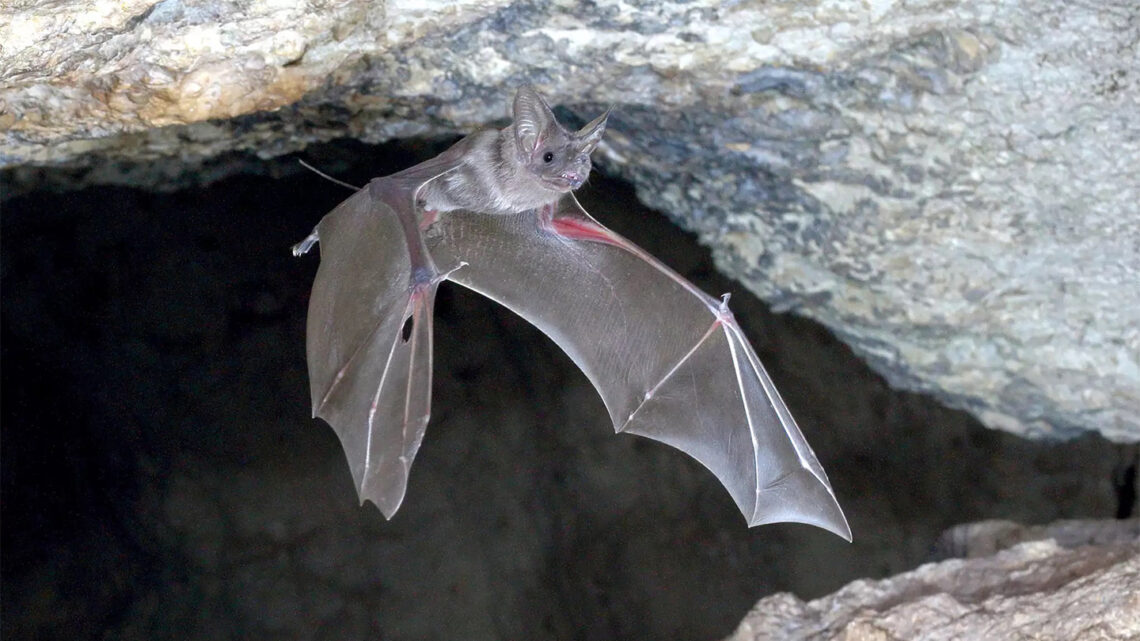The first bat-wearable microphone is helping biologists study the bats’ good safety record at avoiding collisions in rush hour air.
On summer evenings, in around a minute, some 2,000 greater mouse-tailed bats can crowd out of a cave opening only about three meters square in Israel’s Hula Valley, says neuroecologist Yossi Yovel of Tel Aviv University. From a distance, their emergence looks like “a plume of smoke,” he says.
He and colleagues have now studied the echolocation chirps that let Rhinopoma microphyllum bats detect obstacles, including each other. In the crowded flight, signals from one bat often partially mask a neighbor’s, the researchers report in in the April 8 Proceedings of the National Academy of Sciences. It’s a flying mammal version of the communications perplexities of cocktail party mammals. Yet, the team found that these bats have surprisingly few collisions.
Studying bats by the thousands isn’t easy. At first, “we could only record the bat from the ground,” Yovel says. That limited the information so much that he and colleagues designed microphones small enough to fasten (temporarily) to bats that weigh around 40 grams, lighter than a newborn kitten. The goal was crafting a device adding only four grams to the flying animal’s weight, a little less than a nickel.
Researchers used in-air recordings from four little microphones plus flight paths from 96 tracked bats to create computer models of bat exodus and echolocation. This bat version of sonar, chirping and then listening for echoes, can locate obstacles, prey and each other.
At the cave’s tight exit hole, as much as 90 percent of the echolocation chirping can be masked. But pings from the important, closet neighbors in the congestion tend to be less so, especially ones from a bat directly in front because it’s projecting echolocation calls forward. Plus, the chirping “has a lot of redundancy,” Yovel says. Eventually enough pieces…
Read the full article here

